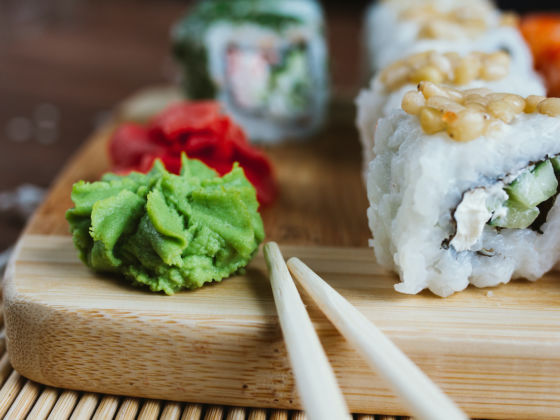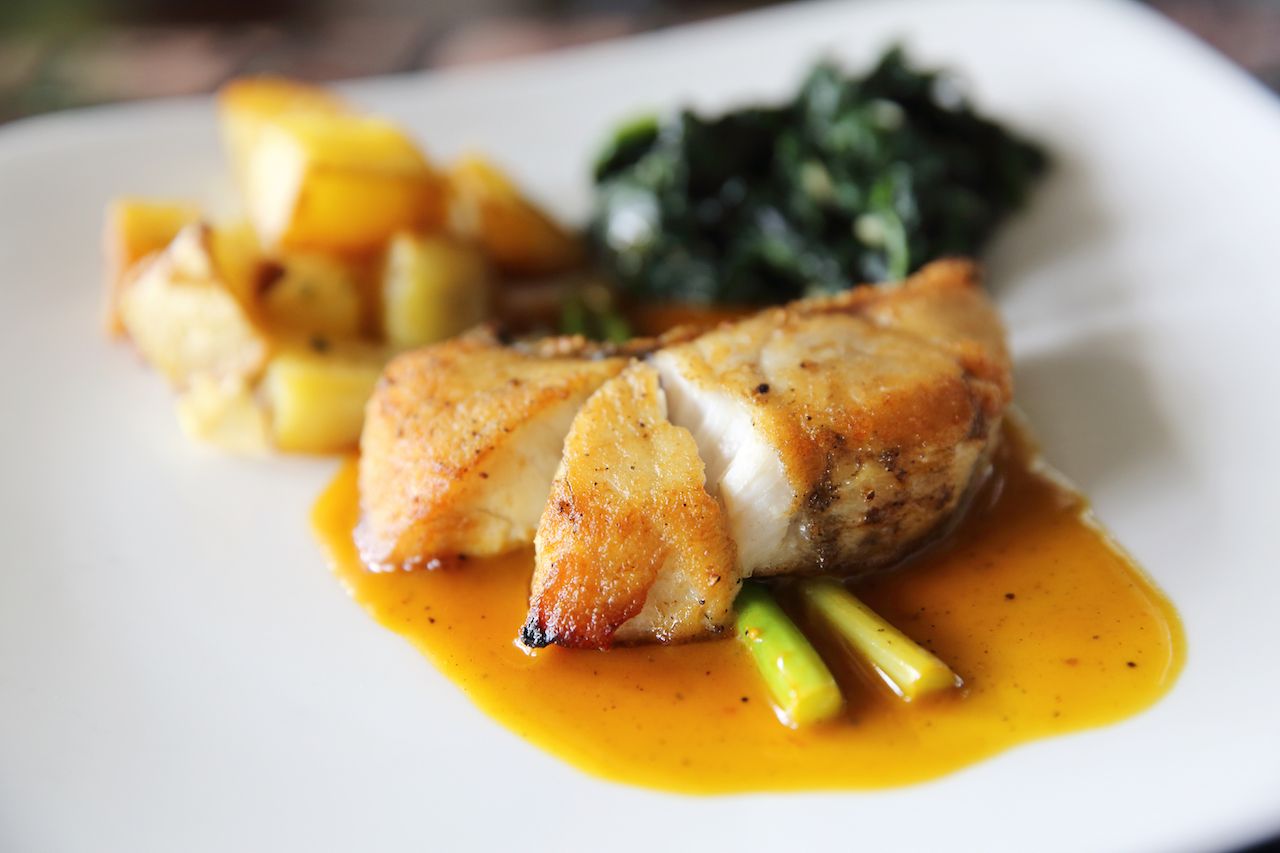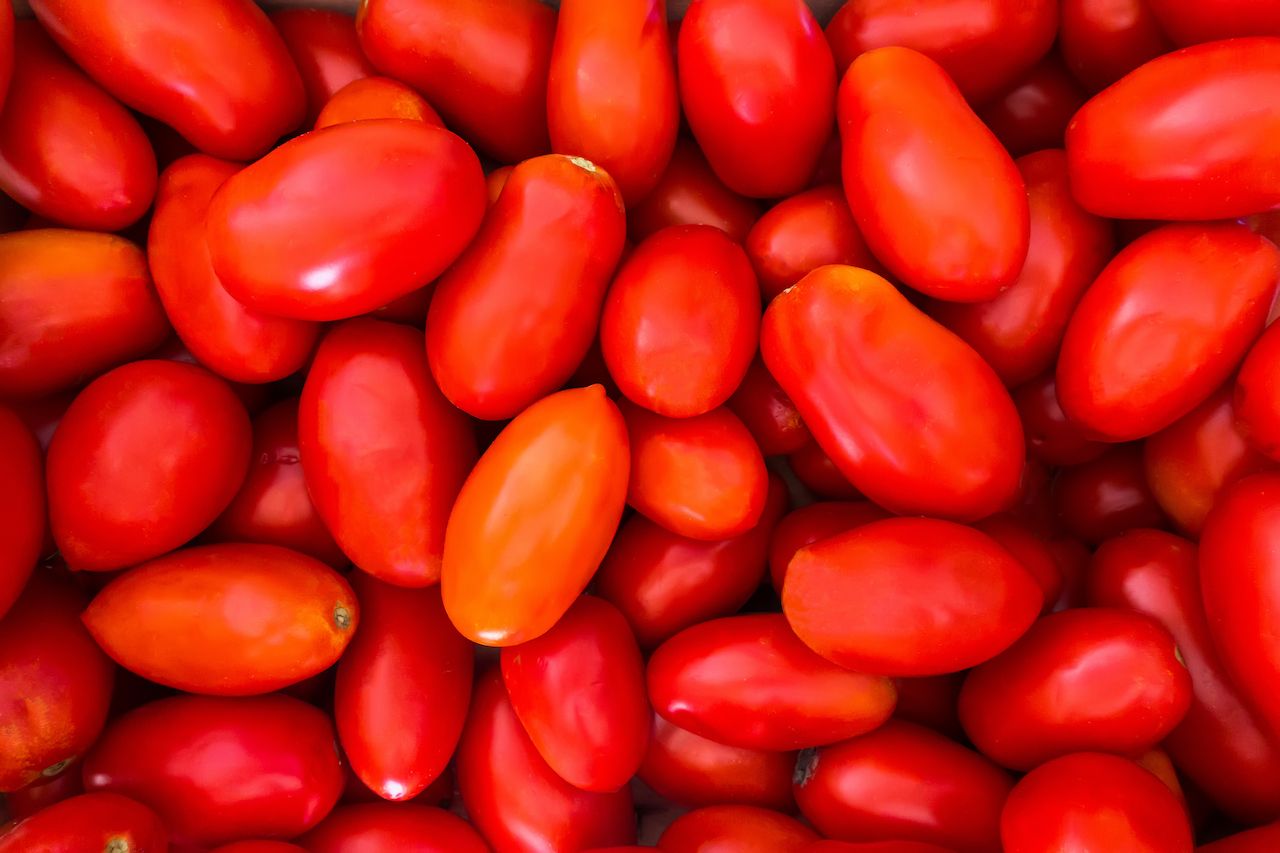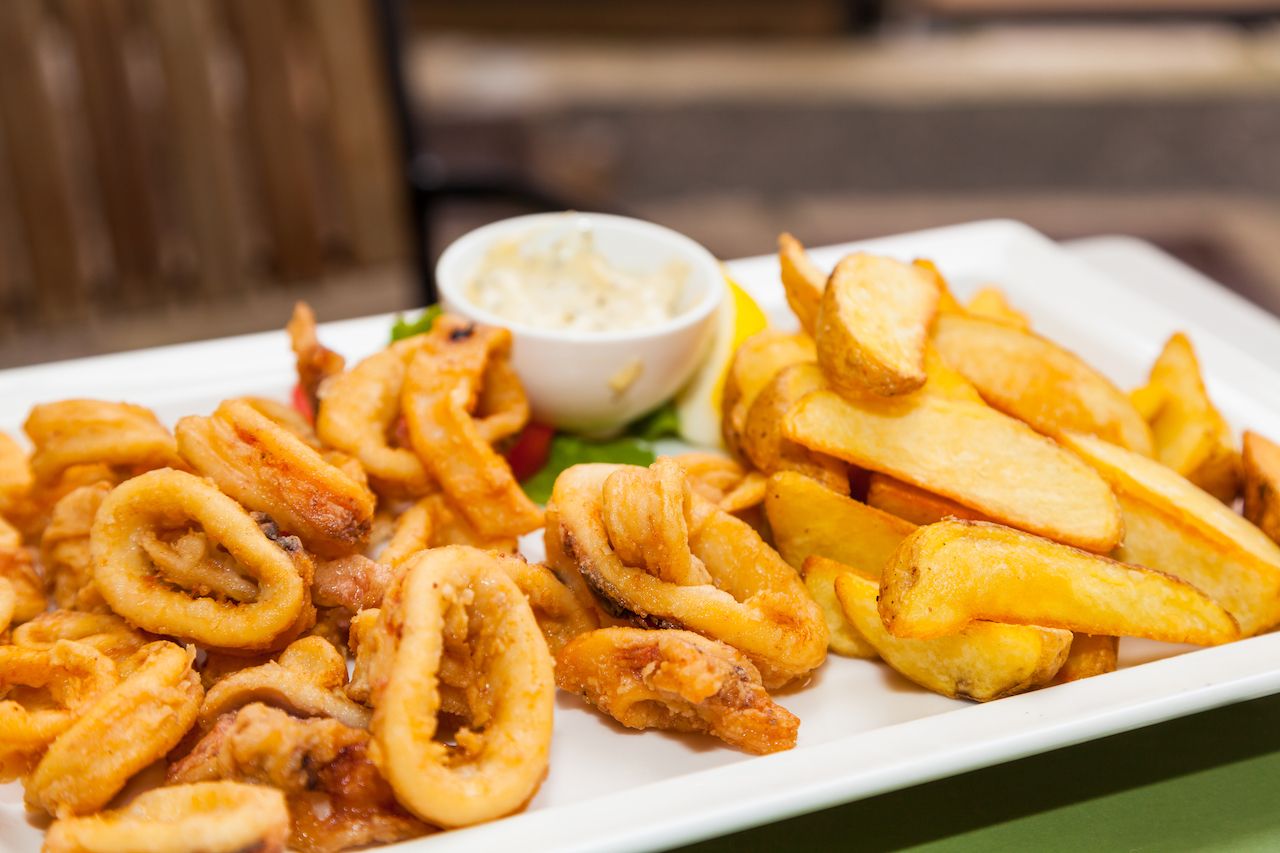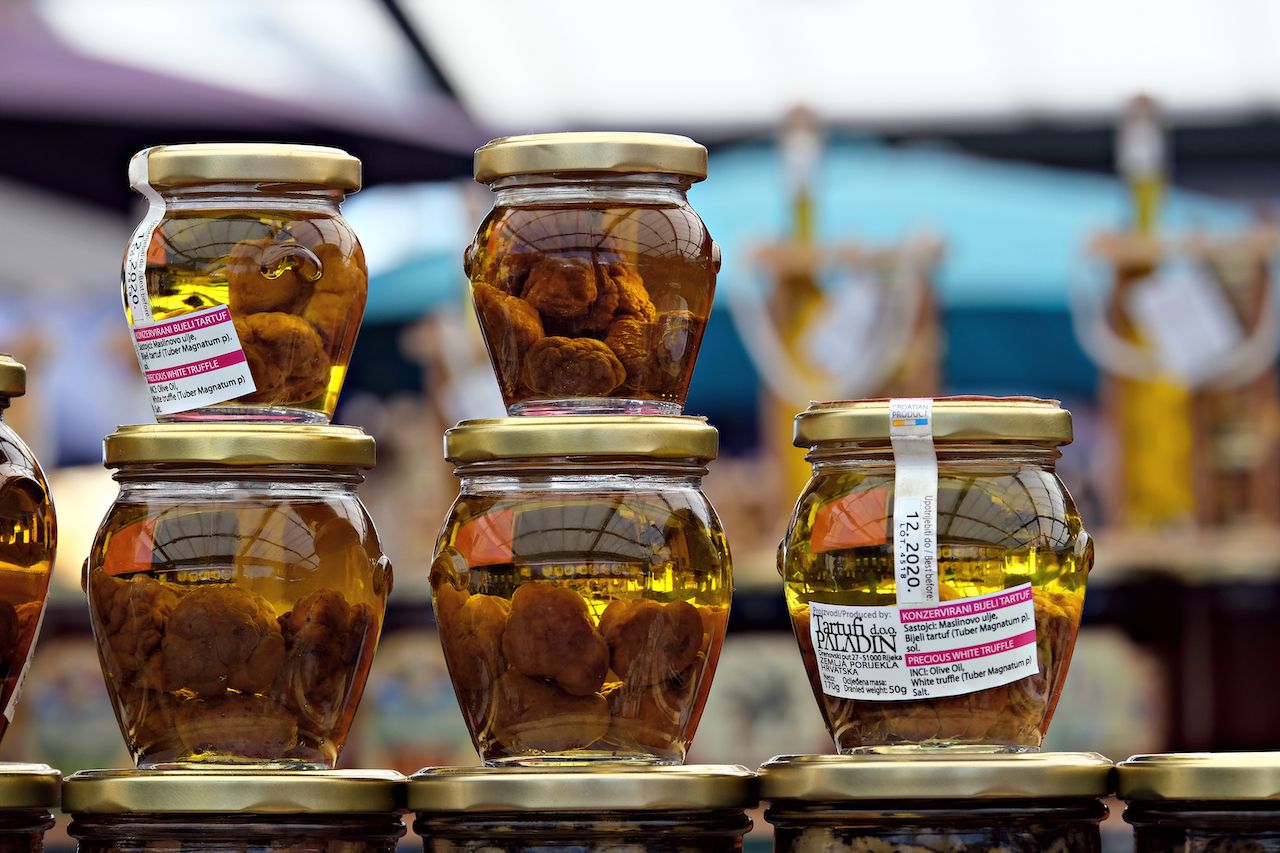When it comes to banking, social media, and almost every activity that involves a computer, people are warned to always be wary of scams. We’re diligent to not click on any link from a random email address asking for far too much personal information. We don’t answer spam phone calls that bombard our cell phones on a daily basis. Yet, although most people are hyper diligent when it comes to protecting their bank accounts or social security numbers, we don’t seem to pay as close attention to our food.
That’s right, there is a lot of fake food floating around out there. Faked foods can be any edible product which has been labeled and passed off as one thing, but doesn’t actually contain any of the product it claims to be. These foods can be hard to spot, but there are some tell-tale signs you might not be eating what you think you’re eating. Check out six of the most commonly faked foods below, plus how to spot the fake versions.
